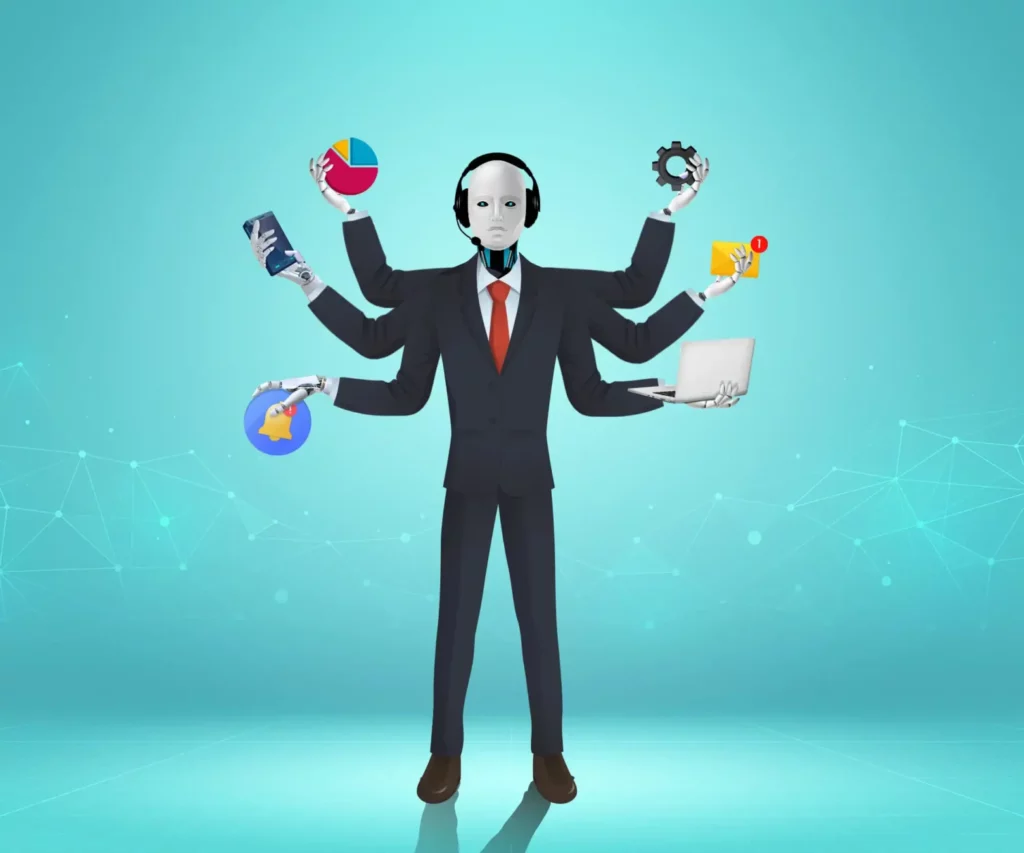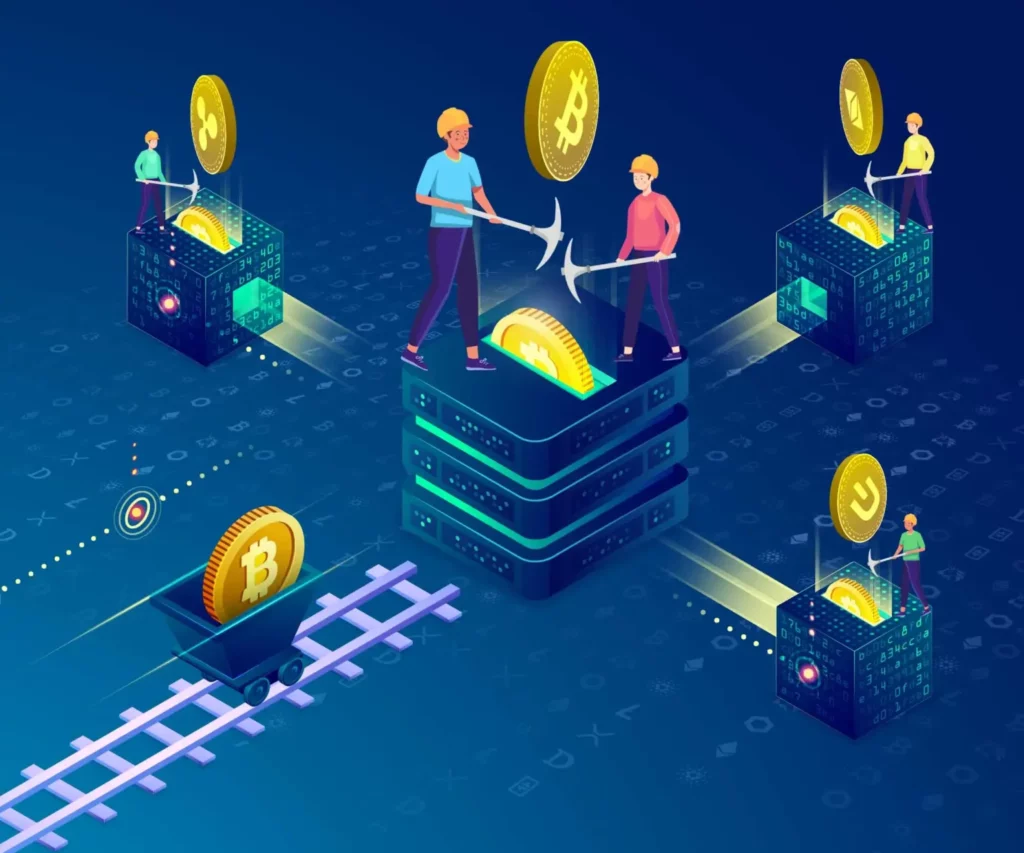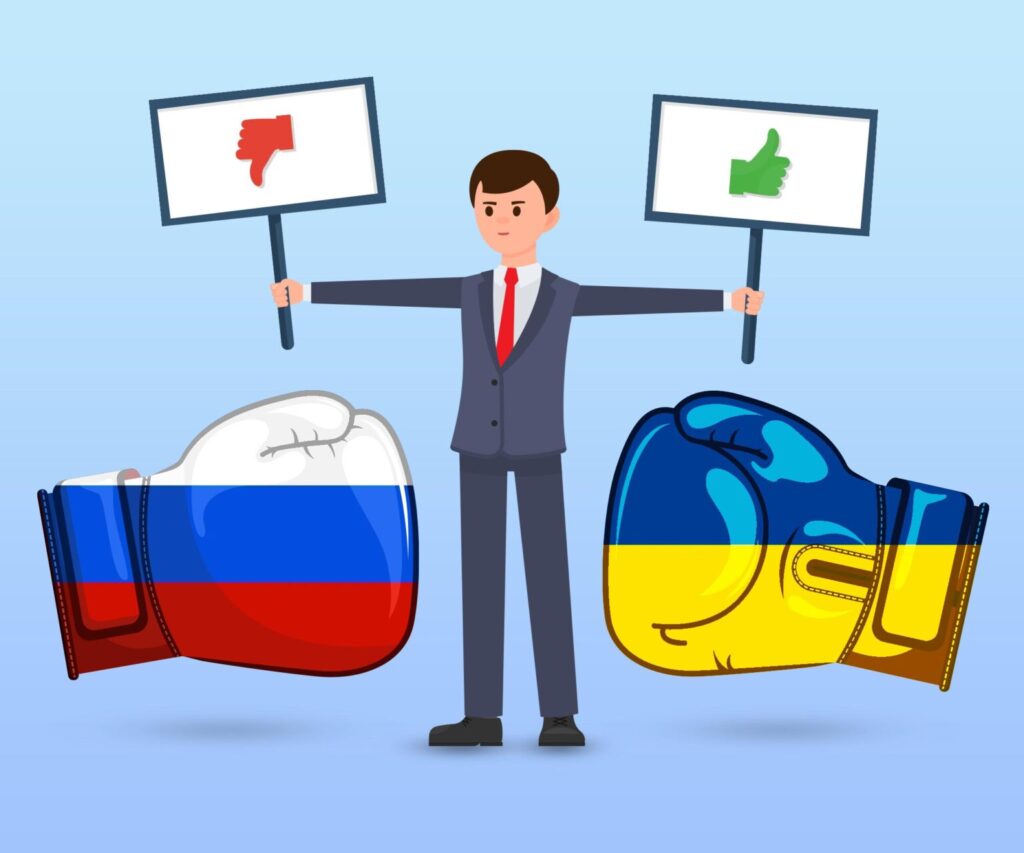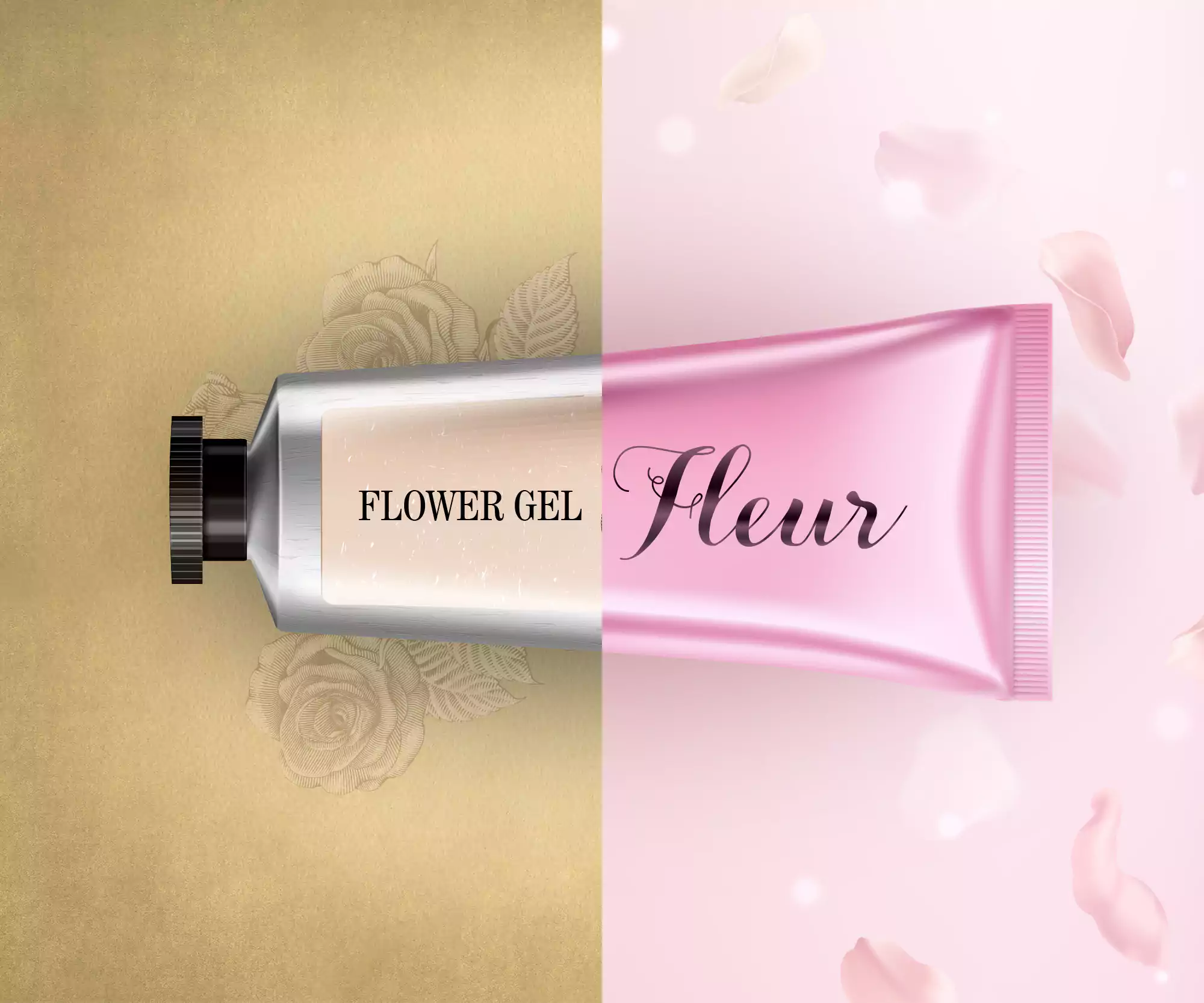
You buy a bar of chocolate, and it soon becomes your favourite. Slowly, you begin purchasing it regularly. You grow attached to your experience of the chocolate: the packaging, logo, and bar pattern—you could write poems about it. Until it all changes. It goes by a new name now, looks different, and feels different. ‘What happened?’ you wonder. Rebranding is what happened. Why? Any number of reasons. Most of the time, it’s for reasons involving mergers or lawsuits. Still, there could also be some unusual situations that trigger rebranding. Let’s list out the reasons why brand names change and examine each.
Trademark issues with brand names
The first time I came across a brand name change was when the Kuwait branch of LuLu changed its name to Lu and Lu for a brief while as they dealt with some local company with the same name. I suppose they finally settled because now the Kuwait branches of LuLu go by the original name. As derogatory product names are not very common in India and the Middle East, trademarking is the main reason for name changes. For example, my cousin’s salwar/clothing shop went by the name ‘Biba’ until the actual Biba came into town, and he changed it to Hiba; he kept the font, though.
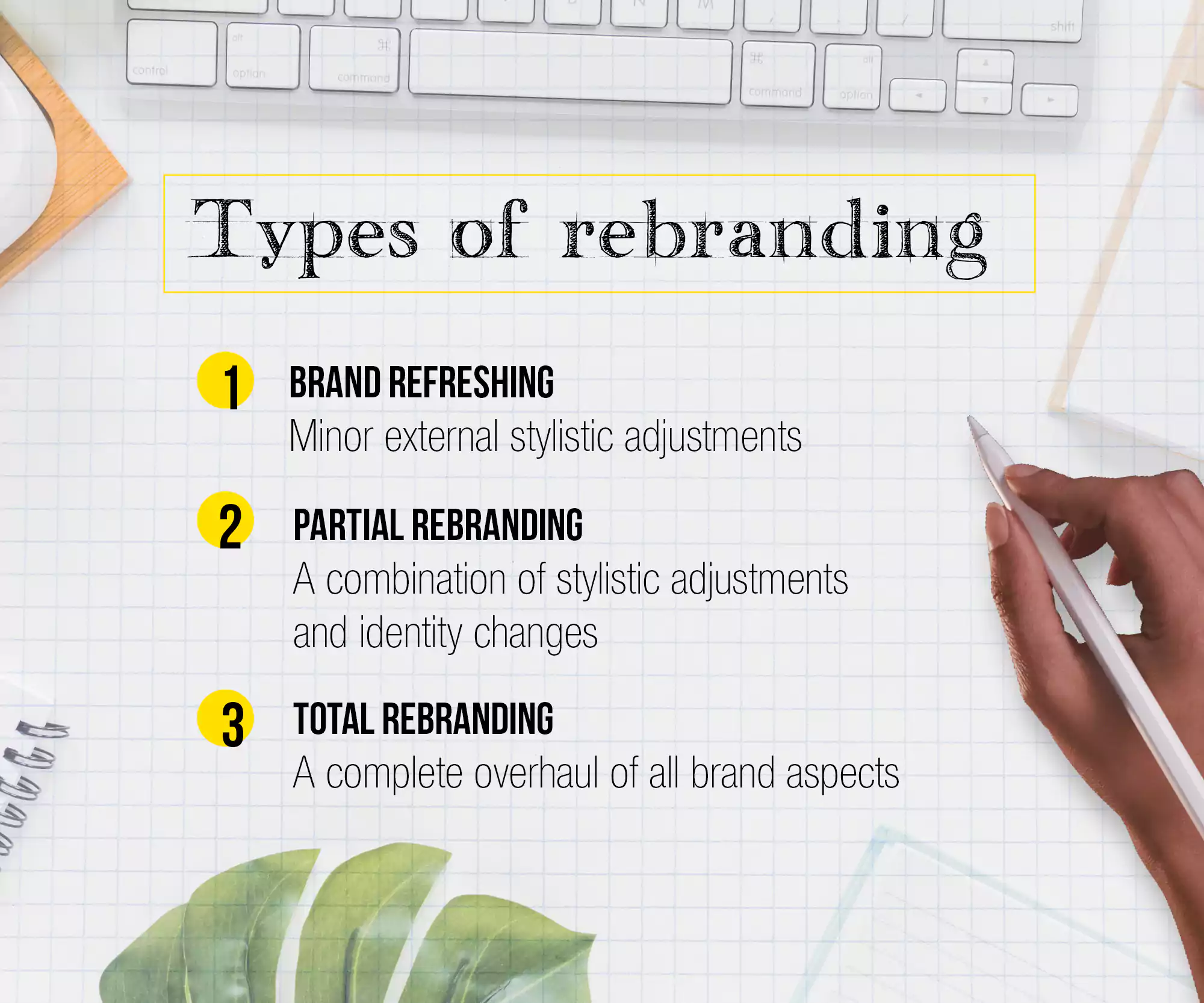
When brands get bigger
Brand names also change when the companies grow and acquire other entities. For instance, when Facebook became Meta or Google became Alphabet Inc. Seven years after the name change, who thinks of Google as Alphabet? In any case, it’s not as bad as when it used to be called ‘BackRub’. Amazon’s old name was Cadabra; Bezos changed it after someone thought it was Cadaver. Now that was a change that needed to happen. But did you know Subway used to be Pete’s Super Submarines? That old name was so much cooler, though the current one is probably best for the global market. Similarly shortened, Yahoo used to be Jerry’s Guide to the World Wide Web.
Often, brand renaming signals a change in focus—a new name, a new game. Like when Dunkin’ Donuts changed its name to Dunkin’ to incorporate their complete ‘breakfast with coffee’ menu. Or when IHOP briefly changed its name to IHOb to bring attention to its new burger menu. Of course, everyone was outraged and talking about the brand all over the internet. Who knew inverting that P would be such a marketing marvel? Likewise, Weight Watchers became WW because they wanted to unlink themselves from diet culture and become a wellness company.
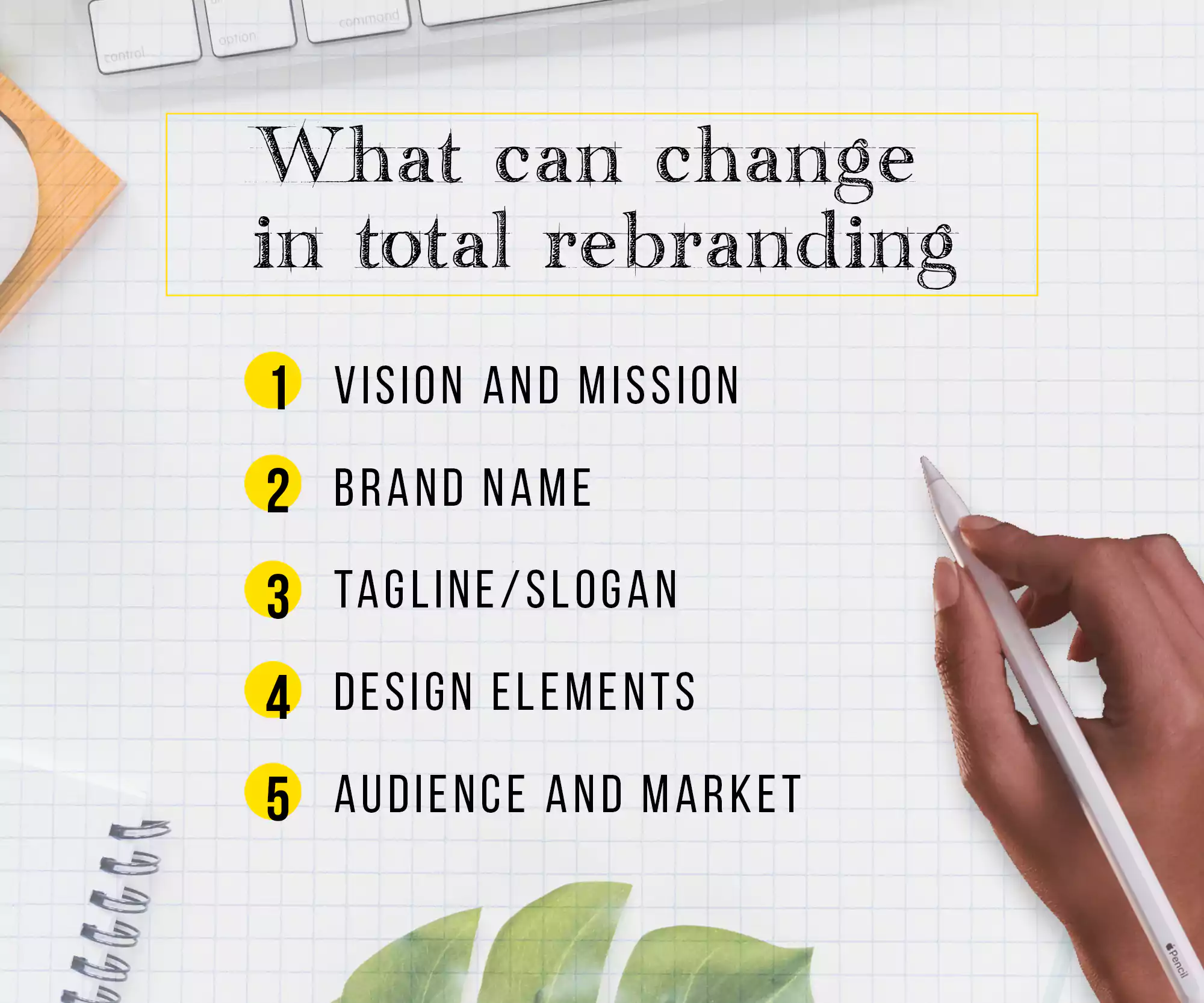
This brings me to my favourite reason for brand renaming—
Offensive original brand names
I became aware of racial appropriation in brand names for the first time when I watched an episode of Unbreakable Kimmy Schmidt. The instance I’m referring to deals with the offensive name of the American football team, the Washington Redskins. I was taken aback when I realised this was an actual team’s name. For 87 years! After decades of protest, legal back-and-forth and corporate pressure, the NFL franchise finally yielded. They re-introduced themselves as the Washington Commanders this year. It gave the Indigenous American community hope that persistent refusal to accept even subliminal racist messages does, in fact, work.
The George Floyd protests further bolstered this belief that a united front by people affects change. The Black Lives Matter movement gained real momentum globally. On the Indian front, the popular whitening cream Fair and Lovely renamed itself Glow and Lovely. The new name doesn’t make sense and is a pretty obvious way of ‘trying to be on the right side’ without addressing the actual problem.
I still have images of skin colour palettes and progressively whitening faces in my head. But, as far as I know, the product hasn’t changed, which means either of two things. One, they were conning everyone, and the cream doesn’t change your skin tone. Or two, they’re still selling whitening cream under a name that now has a noun/verb and an adjective, where it previously was (more sensibly) a pair of adjectives.
Colgate toothpaste brand for the Asian market, Darlie, originally Darkie, promises shiny white teeth and has been dominating in sales, particularly in China. Its original name has roots in a racial slur from the Jim Crow era, and the original logo was a character in blackface. Not a black man’s face, but a man’s face painted black. The juxtaposition of the pitch-dark skin with the white teeth makes the teeth appear whiter. They changed that to a generic picture of a man with a top hat, but the Chinese name is still “Black Person Toothpaste”. These are examples of how the East imported racist ideas from the West and placed Black people at the bottom.
The role of parent companies’ brand names
The world’s largest brands are so complexly interlinked that it’s challenging to figure out whom to blame. One of my favourite things is finding out which company owns a product. Every once in a while, someone wants to boycott Coca-Cola. Sometimes it’s because of their strain on water resources; other times, it’s because of the brand’s political alignments. Are those people boycotting other Coca-Cola products like Minute Maid and Nestea? And then there’s the still-controversial Pepsico, which owns EVERYTHING—from Aquafina to Doritos, Cheetos, Quaker Oats, and Tropicana. Clearly, there’s a definite benefit to a company having different brands and sub-brands and not making it widely known that they’re all one big family. The general public isn’t thinking of Pepsico when they look at Aunt Jemima or Mars Inc. when they see Uncle Ben’s. Both these products underwent name changes in 2020, becoming Pearl Milling Company and Ben’s Original, respectively.
Money protects brand names from controversy
Some companies don’t have to change their brand names or their logos to rebrand themselves and distance themselves from their wrong-side-of-the-tracks past. Look at Volkswagen’s antisemitic marketing in 2019. Or consider Hugo Boss’ role as the Nazis’ official supplier of uniforms. You begin to wonder how these companies are still around.
The only answer I can think of is money. Most European companies had ties with the Nazi regime and are still thriving today, protected by their immense wealth. So the past faded, and people continued to drive Beetles and wear Hugo Boss without a second thought about these brands’ questionable histories.
And what of those who changed their names and buried their untraceable offences? Their fate is often left in the hands of cancel culture, which is frequently misdirected. It seems money will always have the last word.
